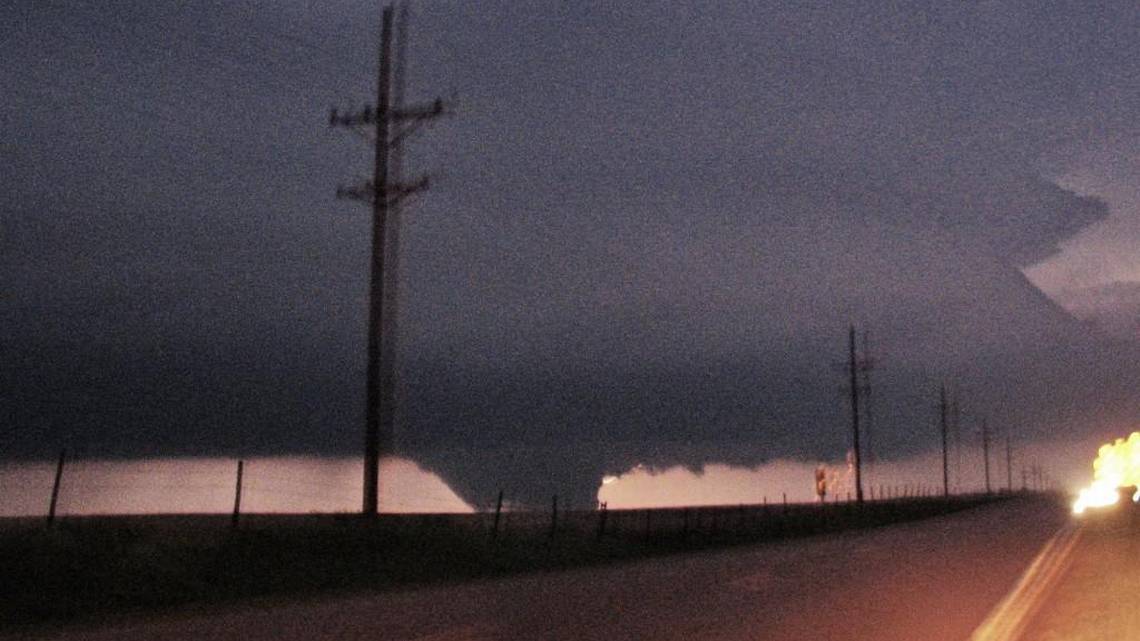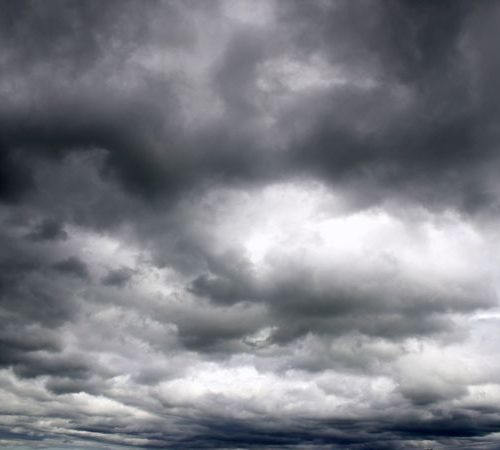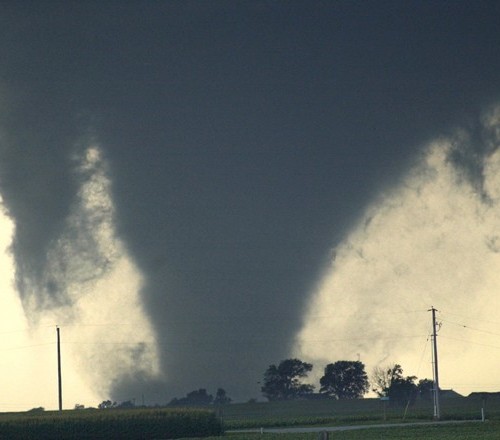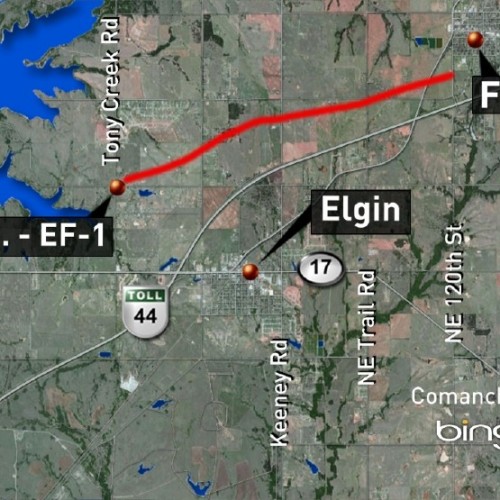A recently released list of the 10 largest tornadoes on record has more Kansas tornadoes on it than any other state.
Most Kansans know about one of the three, but the other two may be a surprise.
The list was created by Brandon Molyneaux, a student at Millersville University who has been studying weather for five years. His list is based on the Storm Prediction Center’s database.
The list actually includes 13 tornadoes, with four tying for 10th place at 1.7 miles wide.
The tornado that devastated Greensburg on May 4, 2007, is one of those four. It was the first tornado to earn the Enhanced Fujita Scale’s top rating, EF5, with winds of 205 miles an hour as it swept the city away.
The Greensburg tornado was the first of numerous large twisters generated on the same night in central Kansas. What is informally known as the Trousdale tornado formed as the Greensburg tornado dissipated.
It grew to 2.2 miles wide — placing it third on the list — and earned an EF3 rating, with sustained winds of up to 165 miles an hour. But the Enhanced Fujita Scale is based on the damage a tornado causes, and the Trousdale tornado stayed in open country. Radar signatures collected by weather researcher Les Lemon and National Weather Service meteorologist Mike Umscheid suggest the Trousdale tornado was actually much stronger than the Greensburg tornado.
Only two tornadoes on record were larger than the Trousdale tornado, Molyneaux’s research showed. The tornado that hit Hallam, Neb., in 2004, was 2.5 miles wide.
The largest tornado on record was the El Reno tornado in 2013 outside of Oklahoma City, which was measured at 2.6 miles wide.
The third Kansas tornado on the list — one that often gets overlooked because it was in rural southwest Kansas and resulted in no injuries or deaths — is known as the Bucklin tornado of 2008.
It was part of a record-breaking tornado outbreak, which saw 70 tornadoes in Kansas on that day.
That didn’t just set a one-day record for Kansas, it was a national record for most tornadoes in one day in one state. That record has since been broken.
The Bucklin tornado, No. 7 on the list, is easy to overlook because it happened so late in the day, said Larry Ruthi, the meteorologist-in-charge of the Dodge City branch of the National Weather Service. Tornadoes in northwest Kansas were getting most of the attention that day, and a squall line pushing through southwest Kansas didn’t look particularly dangerous.
But then that line of storms tapped into a pocket of instability in the atmosphere and began producing tornadoes — including the Bucklin beast. Early on, it moved straight east, then curled north and expanded to 1.8 miles wide.
“It was one of the few times I’ve seen that happen,” Ruthi said.
The Bucklin tornado was just one of 13 tornadoes in Kansas that day that was at least half a mile wide, and it was one of 16 in the state to be rated EF3 or stronger by the National Weather Service.
THE LARGEST TORNADOES ON RECORD
1. El-Reno, Okla.: 2.60 miles wide
2. Hallam, Neb.: 2.50 miles wide
3. Greensburg, Kan.: 2.20 miles wide
4. Pardeeville/Cambria, Wis.: 2.00 miles wide
5. Moshannon State Forest, Penn.: 1.89 miles wide
6. Lindale, Texas: 1.83 miles wide
7. Bucklin, Kan.: 1.80 miles wide
8. Sulpher, Okla.: 1.76 miles wide
9. Yazoo City, Miss: 1.75 miles wide
10. A four-way tie, each 1.70 miles wide
Greensburg, Kan.
Edmonson, Texas
Boone and Kenton counties, Kentucky
Daytona Beach, Fla.
Source: Brandon Molyneaux, Storm Prediction Center data
by Stan Finger
December 25, 2017
Updated December 26, 2017





